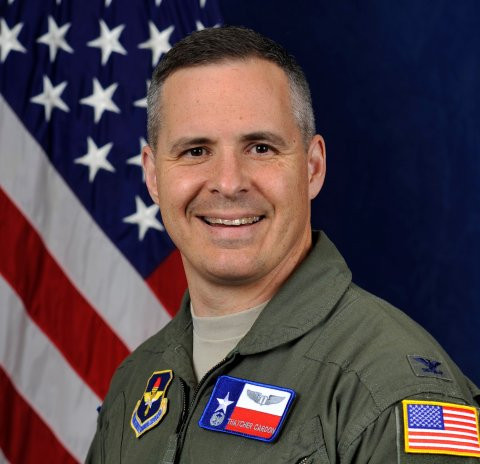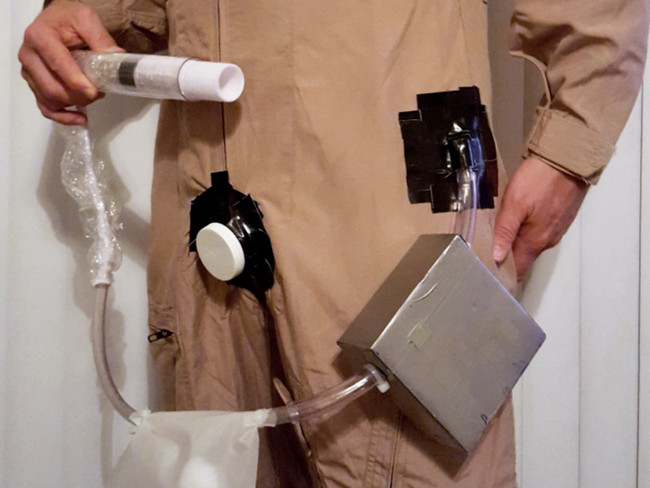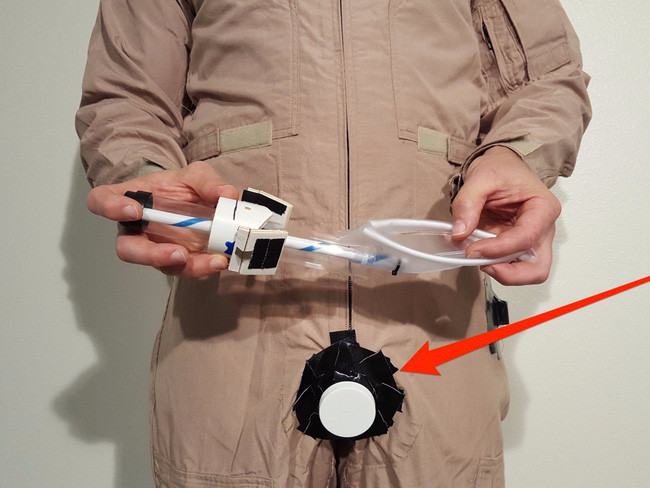The US Air Force Colonel answered NASA's delicate problem and hugged about $ 15,000
Finally, the conundrum helps astronauts to "solve sadness" easily.
We understand that going to the toilet is an essential need of people. On the surface, this is a normal thing, but there is no toilet in the universe. So will astronauts have to deal with always wearing space suits?
NASA held a competition called Space Poop Challenge - and hung up the prize to 30,000 USD (about 700 million VND) for anyone to solve this problem.
And US Air Force Colonel Thatcher Cardon (49) in Texas found the solution and won the first prize with $ 15,000 in prize money for the invention of the device called M-PATS.

The US Air Force Colonel, Thatcher Cardon, invented the device that helps astronauts solve delicate problems.
This device will help astronauts go to the toilet more conveniently without having to be uncomfortable with diapers or carrying waste with you for up to 12 hours.
Mr. Cardon said: "Why can't we handle waste only through a small hole, when we can replace the heart valve with another hole in the blood vessel?".

From this thought, Cardon invented a small device attached to the inner layer of the space suit, enabling astronauts to urinate or defecate easily.

M-PATS has a small hole hidden under the clothes. Because astronauts sit and lean back quite a lot, the waste will come out from the side or the front of the suit is the most optimal. When astronauts want to go to the toilet, they just need to remove this protective cap.

Specifically, a special tube will be inserted inside. This tube will suck the air inside the clothes and also to put pressure to suck the waste accordingly.
One of Cardon's major breakthroughs was the invention of an inflatable flat pot.

This device is lined with blankets, which can be pumped inward to form a potty shape. They can be rolled up, slipped in, pulled out to fit the width of the tube.
After the potty formed, the astronauts could comfortably "vent their mind" inside their clothes. A lubricant will be smoothed on the surface to keep the stool, waste from sticking, and float straight into the bedpan easily.

Next, another device with a cleaning task will be inserted into the tube. This is a wet paper roll with suction feature with great pressure, helping the astronauts clean up after solving the sadness.

These panties are also designed specifically for men and women, to suit this device.

"Underwear" accessories exclusively for female astronauts .

and male astronauts .
In addition, female astronauts, men also experience equipment for "light" travel.

Equipment exclusively for astronauts "light" travel.
It is known that Mr. Cardon's original design is quite simple, with a waste bag and a battery-powered pump.

Overall look at M-PATS equipment.
But Cardon said he would use the prize money to develop ideas and improve his product.
- The former colonel announced more clues about UFOs that shocked England in 1980
- Cure the first nose
- Laughing belly with the US army
- Nearly die with a free fall with
- Drunkness still flies into space
- Donation and transplantation of human waste in medicine - jokes but 100% true chemistry
- Gorilla hugged each other to rejoice
- Are you among the 20%
- The Japanese have a solution to the delicate problem of
- The reason parents shouldn't force children to eat the food they don't want
- Touched the pregnant orangutan mother hugged her baby from being killed
- Trying with the problem of 263 years, there is no right answer
 Van Allen's belt and evidence that the Apollo 11 mission to the Moon was myth
Van Allen's belt and evidence that the Apollo 11 mission to the Moon was myth The levels of civilization in the universe (Kardashev scale)
The levels of civilization in the universe (Kardashev scale) Today Mars, the sun and the Earth are aligned
Today Mars, the sun and the Earth are aligned The Amazon owner announced a secret plan to build a space base for thousands of people
The Amazon owner announced a secret plan to build a space base for thousands of people